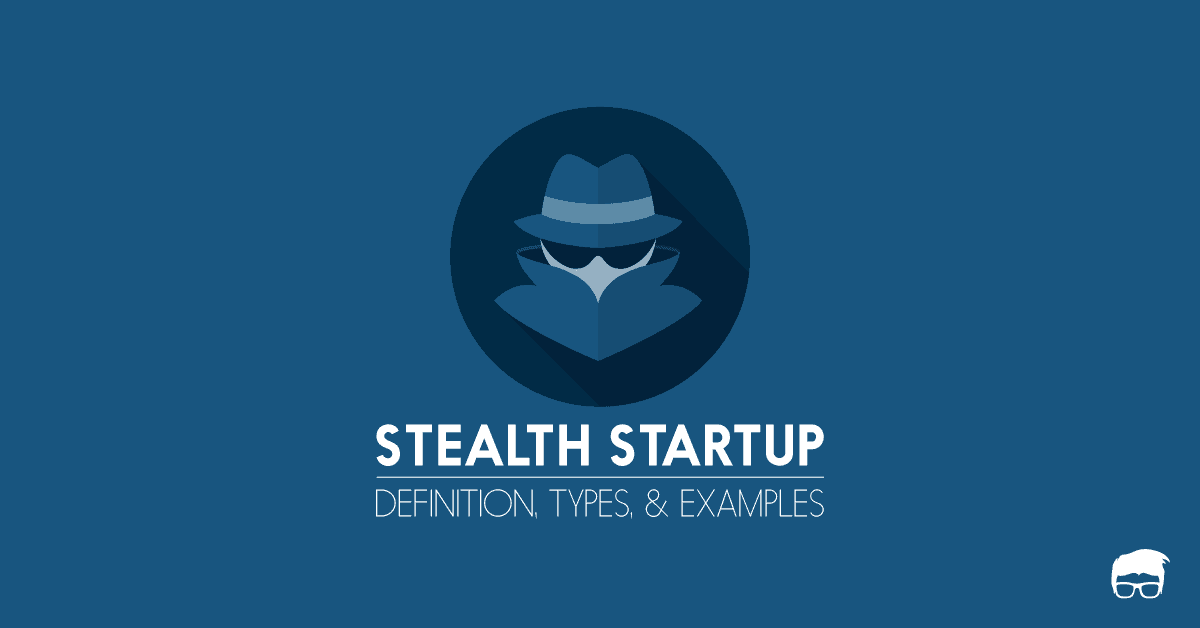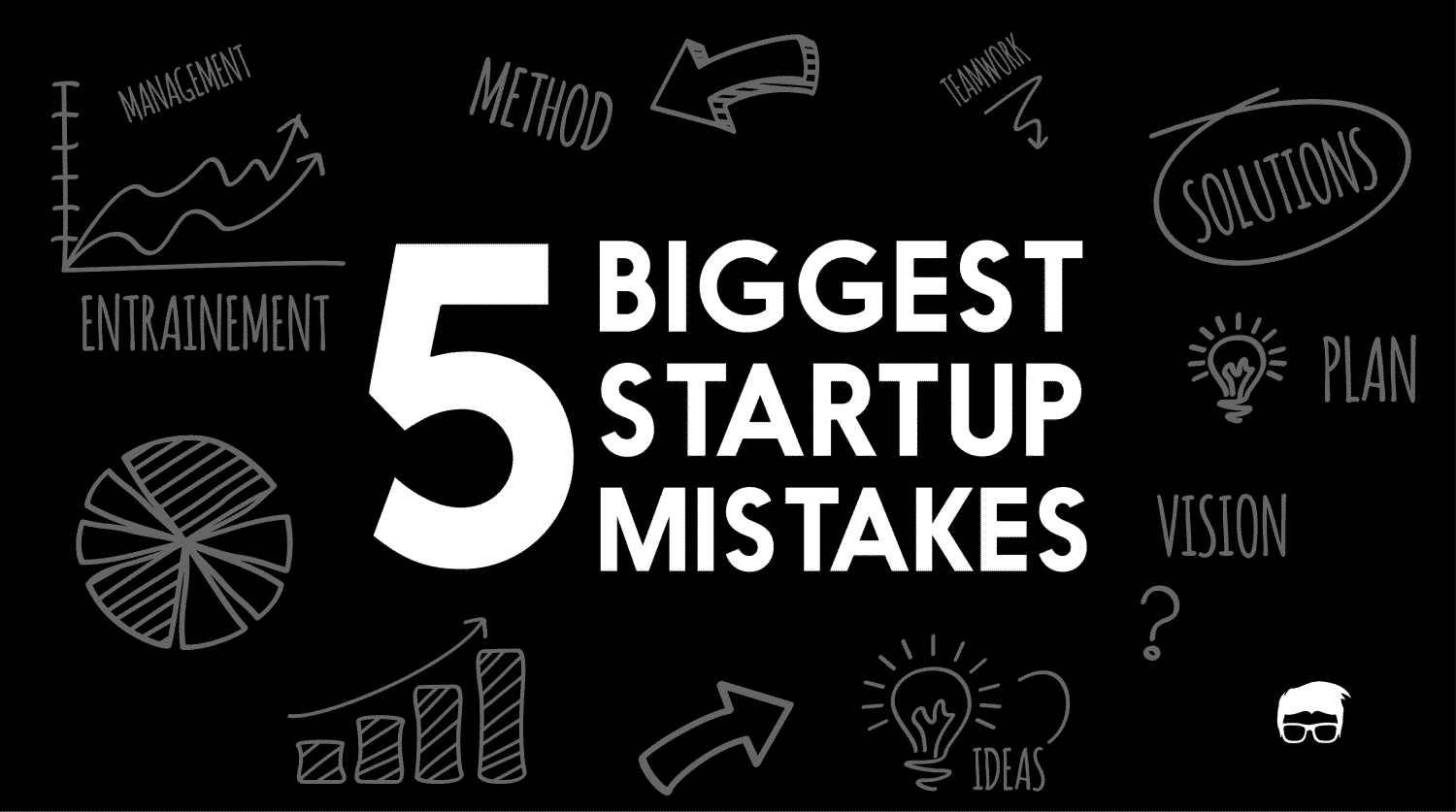Not every entrepreneur wants to gain public attention. Many do believe in privacy in the initial days and work hard till the success make the noise. Most of these privacy-loving entrepreneurs operate in a stealth mode.
But before answering the question of why these entrepreneurs choose the stealth startup route, it’s essential to know what is a stealth startup and how does it work.
What Is Stealth Startup?
A stealth startup is a fledgeling startup business that operates in a temporary state of secrecy to avoid public attention, be invisible to competitors, and/or hide information.
Entrepreneurs choose to start in a stealth mode to quietly improve their offering, test the product-market fit, register the intellectual properties, and take all the necessary steps to be fully ready and competition proof before the actual public launch.
Types Of Stealth Modes?
Generally, there are two types of stealth modes –
Total Stealth Mode
This is when the startup business tries to keep all its actions as secretive as possible. The business can go to the extent of –
- Operating under a temporary name,
- Misleading the public (or test group) about its real goals,
- Operating the website and/or application without disclosing personnel, location, vision, or goals.
Usually, this is a temporary state till the time the short-term objectives, like registering the IP, finding the problem-solution fit and the product-market fit, etc. are fulfilled.
Coda, started by top leaders from Youtube, LinkedIn, and General Catalyst, was launched under the name Krypton and was already valued at $400 million even when no one knew what the startup was up to.
In-Company Stealth Mode
In-company stealth mode is when an existing startup or business launch a new offering keeping it as secretive as possible before the actual launch. Startups choosing this mode can even go to the extent of keeping the internal and external stakeholders at bay to prevent the premature dismissal of the concept or idea.
Microsoft is a renowned company that employs in-company stealth mode before launching its new offerings. Windows 95 had a code name – Chicago, and Windows 10 was codenamed Threshold before its release in July 2015.

How Does A Stealth Startup work?
Stealth startups operate cautiously without leaking any information to the general public. They work with limited partners and usually follow the following operating model –
Temporary Models
A stealth startup operates on temporary business, revenue, and identity model. Usually, it doesn’t disclose its name to the general public. The business and revenue model are minimal just to validate the hypotheses and/or become ready before the actual launch.
Generally, a stealth startup focuses mainly on building and strengthening the internal structure and model during the stealth mode, which includes –
- Getting more partners and stakeholders on board.
- Working with very few early adopters to understand the consumer need, want, and behaviour.
No Marketing
Stealth startups stay away from media and public. They make sure to perform tasks secretively so as no one (other than people they trust) knows what exactly are they are up to.
Moreover, it saves the business from not-so-necessary early expenditures like branding, communication, and promotions.
No-Disclosure Agreements
No-disclosure agreements are the spine of a stealth startup. Everyone who knows about the real identity of the startup; including investors, employees, and partners; is made to sign a no-disclosure agreement to keep the identity a secret.
Benefits Of Stealth Startup
Launching a startup in a stealth mode has its own perks. Some are –
- Protects The Idea And Intellectual Property: Operating in a stealth mode without making much noise of what the company does or offers gives much time to the startup to develop the idea into a working model, register it, and own it before anyone tries to steal it. And since filing a patent is a lengthy and expensive proposition, being secretive sometimes buys enough time and resources to do so.
- Maintains A Competitive Edge: Often, startups choose the stealth mode just to make sure that they develop something proprietary that gives them a competitive edge in the market. This takes time but proves to be fruitful for most.
- Helps Launch Only When Ready: Being in the public eye raises expectations and might distract the team, and the business form actual goals. Being stealth helps the startup focus only
- Helps Control The Media: Being stealth helps to release only the most essential information to the public like investments and key partnerships, if necessary.
Drawbacks Of A Stealth Startup
Operating without being known isn’t always the best option as it has its own cons as well –
- Difficulty In Finding The Right Market Fit: Finding the right market fit requires the startup to reveal at least partly to the world what the startup is up to and what exactly the offering is. Being stealth adds a barrier which makes it hard to find the right market fit.
- Limits Feedback: Since customers and consumers don’t know much about what the startup is up to, the feedback they provide is limited. The founders have to join the puzzles themselves while operating in stealth mode.
- Impedes Deal-Making: Being secretive raises suspicion and often impedes deal-making as the potential partners and investors are usually wary of partnering with a stealth startup.
- Can’t Test Properly: Testing becomes a task when there’s a clause of not revealing the identity and offering of the startup.
Stealth Startup Examples
Every year, numerous startups come out of stealth and make the world wonder how they do the things they do. Some of the examples are –
Proprio Vision
Proprio replaces microscopes, loupes, screens and other traditional surgery visualization tools with light field technology and AI to produce a virtual representation of the human body that gives immersive, more accurate and richer data to physicians.
The company operated in stealth mode for years, improving its technology and even raised $7 million in funding while being secretive.
Velo3D
Velo3D is one of Silicon Valley’s most highly funded stealthy startups that raised $90 million during its stealth mode.
The company is a metal 3d printer that operated in stealth mode for the first four years of its operations. Today, the company has patented manufacturing tools that produce metal parts for the aerospace and medical industries.
Velo3D operated in stealth mode to develop and own its technology fully through registered patents, and it indeed was a great decision.
Go On, Tell Us What You Think!
Did we miss something? Come on! Tell us what you think about our article on stealth startup in the comments section.
A startup consultant, digital marketer, traveller, and philomath. Aashish has worked with over 20 startups and successfully helped them ideate, raise money, and succeed. When not working, he can be found hiking, camping, and stargazing.









